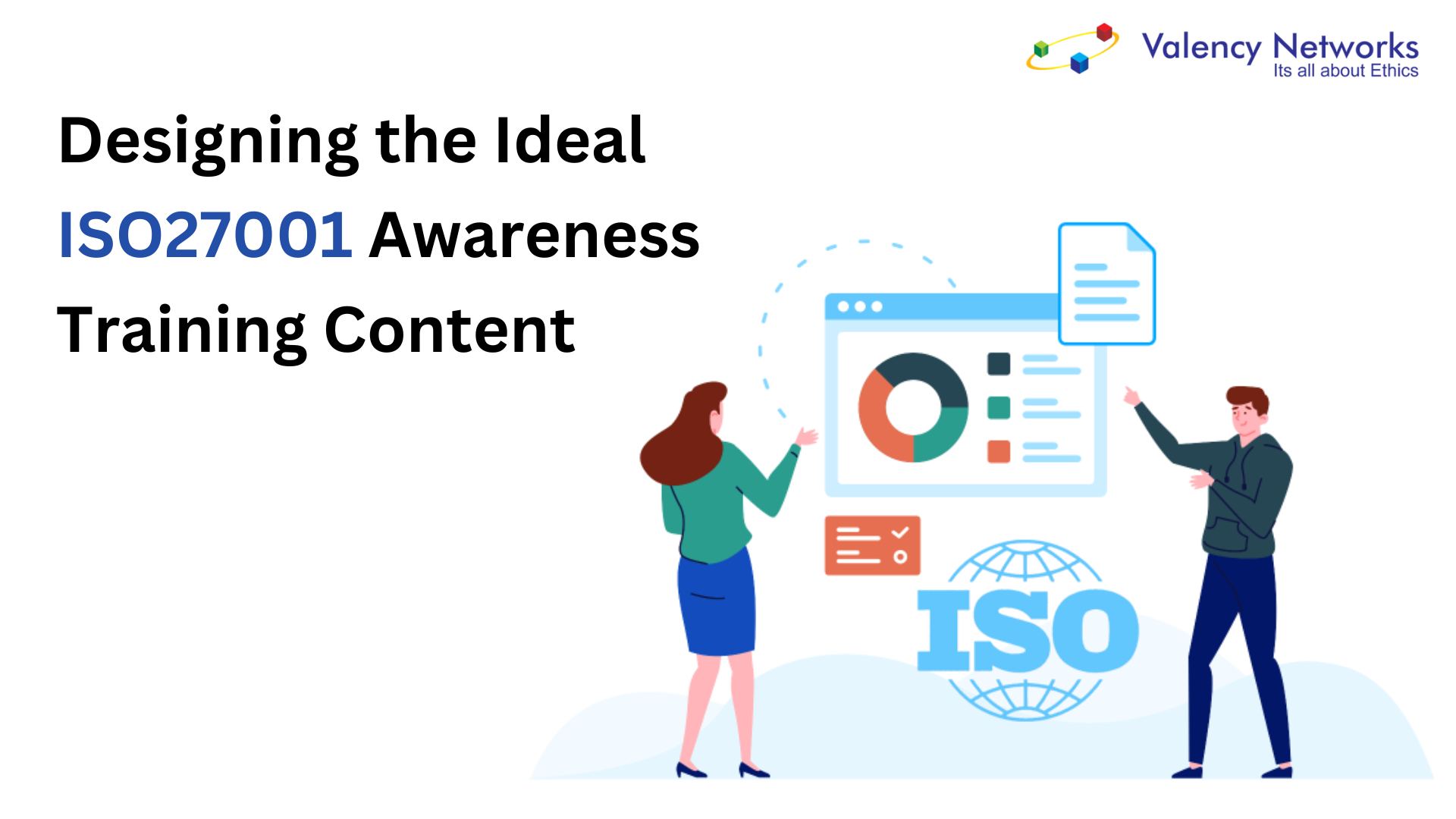Title: Designing the Ideal ISO 27001 Awareness Training Content
Introduction
Information security awareness training is one of the key and mandated control in ISO27001 standard. While implementing the standard for customers, we often observe that the way that training is conducted, is not effective. This article is a quick way to guide on how it should be done.
One important top is that to implement ISO 27001 effectively, it’s crucial that all employees are aware of their role in maintaining information security. The whole idea is not to make it repetitive and boring, but instead make it customized and fun to get the point across. Below points must be taken into account while creating the ISO27001 training content.
- Understanding ISO 27001
The first step in an ISO 27001 awareness program is to ensure that employees have a fundamental understanding of what ISO 27001 is and why it matters. This section should cover the basics of the standard, its scope, and its significance in safeguarding sensitive information. It should also explain how ISO 27001 aligns with the organization’s overall business goals.
- Information Security Principles
A key element of ISO 27001 awareness training is imparting knowledge about the core principles of information security. This includes concepts like confidentiality, integrity, and availability (CIA triad). Employees should understand what each of these principles means and how they apply in their daily work. Real-life examples and scenarios can help illustrate these concepts effectively.
- Roles and Responsibilities
Each employee should be aware of their specific roles and responsibilities concerning information security. Clearly outline what is expected of them in terms of data protection, password management, reporting security incidents, and complying with security policies and procedures. Emphasize the shared responsibility that every employee has in maintaining security. It should bring out a point on why the training is important for the audience and how exactly it matters to their respective roles and responsibilities.
- Security Policies and Procedures
ISO 27001 awareness training should familiarize employees with the organization’s information security policies and procedures. Explain how these policies align with ISO 27001 requirements and why they are in place. Include details on password policies, data classification, access controls, and incident reporting procedures. Make sure employees know where to find these policies for reference.
- Threats and Risks
Educate employees about common information security threats and risks. Discuss topics such as phishing attacks, malware, social engineering, and physical security risks. Explain how these threats can impact the organization and its clients. Provide guidance on recognizing and reporting suspicious activities, and if there had been any past examples of real life hacking that happened in the organization, sharing those can be really effective.
- Secure Communication and Data Handling
Train employees on best practices for secure communication and data handling. This should include guidelines for secure email usage, encryption, and safe document management. Teach them how to recognize secure websites and how to handle sensitive information appropriately.
- Compliance and Auditing
Explain the importance of compliance with ISO 27001 and other relevant regulations. Describe the auditing process and how employees may be involved or required to provide information during audits. Highlight the consequences of non-compliance.
- Continuous Improvement
Emphasize that information security is an ongoing process of continuous improvement. Encourage employees to report security incidents, vulnerabilities, and suggestions for improvement. Explain how their feedback contributes to the organization’s overall security posture.
Conclusion
An effective ISO 27001 awareness training program is essential for building a culture of security within an organization. The ideal training content should equip employees with the knowledge and skills necessary to protect sensitive information, comply with security policies, and support the organization’s ISO 27001 certification efforts. By focusing on understanding, responsibility, policies, threats, secure practices, compliance, and continuous improvement, organizations can create a workforce that is not only aware of information security but actively engaged in safeguarding it.

